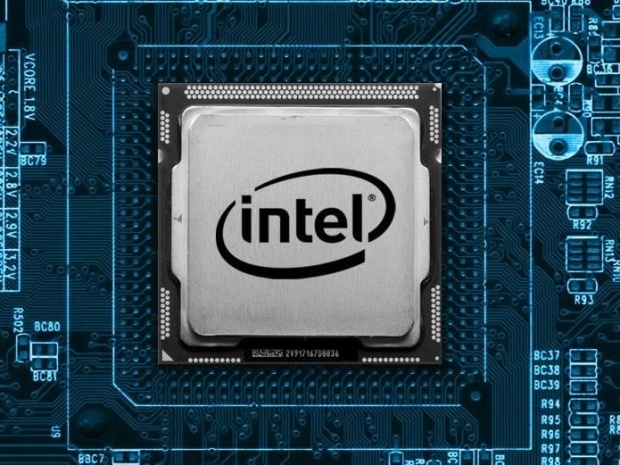Five years after
Murthy held the position of Intel Chief Engineer having prominent names like Jim Keller and Raja Koduri reporting to him. Murthy was reporting directly to the CEO Krzanich before and, most recently, Bob Swan.
Intel’s 5G for a future iPhone, as many of you know, was delayed, leaving Apple in a very awkward position to bend its tail and compete with the leader in 5G, Qualcomm. It also resulted with the sale of its complicated and money losing 5G business unit to Apple. Thanks to the 5G acquisition, Apple is expected that in a few years it will come up with its own, in-house 5G modem. That didn’t go as planned in 2015.
Delays of Intel’s 7nm
Most recently, in late 2018, Murthy, Raja, and Keller announced that 10nm is good and that 7nm will come in late 2021. The trio had an architecture event in Robert Noyce house in Silicon Valley, revealing a longer term roadmap update
The product that was known as Sapphire Rapids was supposed to be Intel’s first 7nm. It is very important to bear in mind that Intel’s 10nm was very close to TSMC’s 7nm characteristics and that Intel’s 7nm would correspond to what TSMC calls 5nm.
Just a few days ago, Intel announced a delay in its first 7nm product. The server part got delayed for six months putting back Intel’s 7nm to 2022. In the meantime, engineer Jim Keller left Intel.
Someone had to be responsible for this major issue, and Bob Swan, the CEO, decided to cut the highest engineering head, Murthy Renduchintala. Intel today has an image problem as it has been stuck with 14nm for years, has a 10nm server part just around the corner, and the perception that AMD with its 7nm is in the lead.
AMD is getting universal favorable coverage for its success and growth, partially well deserved. Bear in mind that AMD has yet to prove any significant data center gains and that its current success is built on a comeback in desktop consumer parts. AMD still has a negligible market share in data center or notebooks, which accounts for most of Intel’s revenues.
Intel reorganized the leadership team too. Raja Koduri and Dr. Randhir Thakur get to stay doing what they are doing, but there will be three new-old names to fill up for Keller and Murthy.
- Technology Development, led by Dr. Ann Kelleher. An accomplished Intel leader, Kelleher has been head of Intel manufacturing, where she ensured continuous operations through the COVID-19 pandemic while increasing supply capacity to meet customer needs and accelerating the ramp of Intel’s 10nm process. She will now lead Intel technology development focusing on 7nm and 5nm processes. Mike Mayberry, who has been leading Technology Development, will consult and assist in the transition until his planned retirement at the end of the year. Mayberry has a 36-year track record of innovation at Intel, during which he has made key contributions in technology development and as the leader of Intel Labs.
- Manufacturing and Operations, led by Keyvan Esfarjani. Esfarjani most recently led manufacturing for Intel’s Non-Volatile Memory Solutions Group (NSG), in which role he set the vision and strategy for Intel’s memory manufacturing and led a rapid expansion of capacity. He will now lead global manufacturing operations and continue Kelleher’s work driving product ramp and the build-out of new fab capacity.
- Design Engineering, led in the interim by Josh Walden while Intel conducts an accelerated global search to identify a permanent world-class leader. Walden is a proven leader in technology manufacturing and platform engineering. Most recently, he has been leading the Intel Product Assurance and Security Group (IPAS), which will continue to report to him.
- Architecture, Software and Graphics will continue to be led by Raja Koduri.Koduri has responsibility for driving the development of Intel’s architecture and software strategy, and dedicated graphics product portfolio. Under his leadership, we will continue to invest in our software capability as a strategic asset and further build-out software engineering with cloud, platform, solutions and services expertise.
- Supply Chain will continue to be led by Dr. Randhir Thakur. Thakur will report directly to the CEO as chief supply chain officer, recognizing the ever-growing importance of this role and our relationships with key players in the ecosystem. Thakur and his team are charged with ensuring supply chain is a competitive advantage for Intel.

